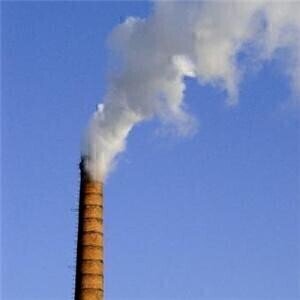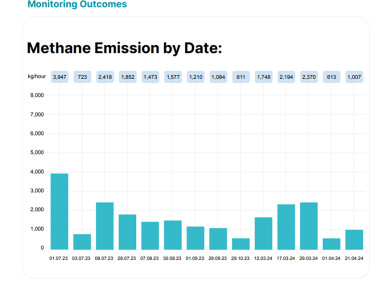Industrial emissions
Textile Greenhouse Gas Emissions can now be Monitored
Jul 10 2014
BSI (UK), the business standards company, has developed PAS 2395 for the assessment of greenhouse gas (GHG) emissions from textiles. The collaboration with the Korean National Cleaner Production Center (KNCPC) aims to assist the consistent application of generic methodologies for GHG emissions assessment to the textile products sector.
PAS 2395 deals with the entire life cycle of any products manufactured substantially from textiles and provides a robust and repeatable assessment of the emissions. It supplements PAS 2050 Carbon Footprinting which assesses the life cycle GHG emissions of goods and services, but can be used independently of PAS 2050.
The supplementary requirements within PAS 2395 can provide: Textile product focus for aspects of the assessment where supplementary requirements are permitted and could prove beneficial to assessment outcomes, Rules or assessment requirements that are directly relevant to the main sources of emissions from textile products, Clarity on how to uniformly apply specific elements of assessment methodologies within the textile products industrial sector, and Enhanced synergy between the assessment outcomes provided by different methodologies.
David Fatscher Head of Market Development for Sustainability at BSI said: “Textile products are available globally, so PAS 2395 should be applicable to all businesses and organizations who want to assess emissions from textile products. Therefore everyone from the greenhouse gas community and environmental consultants, to government and manufacturers, globally, will benefit from this guidance.”
PAS 2395 has had input from experts within the textile fabrication and manufacture, dyeing, waste management, retail and supply industries as well as the dry cleaning and washing appliances fields. Contributions came from such organisations as: Best Foot Forward, Cotton Incorporated, Korean Agency for Technology and Standards, Korea National Cleaner Production Center, Society of Dyers and Colourists, The Textile Institute and Waste & Resources Action Programme (WRAP).
The primary objective of this standard is to provide greater clarity on how the GHG emissions from the various processes, such as land use, raw material sourcing, energy use and end of life recovery or disposal, can affect the textile products under assessment.
Dr Yo-Han Choi Technical Author of PAS 2395 said: “PAS 2395 is a very valuable document for guidance due to the fact that its application is so far reaching. For example the aim of the Korea Institute of Industrial Technology (KITECH) is to have Korean, Chinese and Japanese versions to service the Far East Asian countries and enable organisations to identify a preferred GHG assessment methodology from a predetermined list of internationally applicable methods.”
Digital Edition
AET 28.4 Oct/Nov 2024
November 2024
Gas Detection - Go from lagging to leading: why investment in gas detection makes sense Air Monitoring - Swirl and vortex meters will aid green hydrogen production - Beyond the Stack: Emi...
View all digital editions
Events
Jan 12 2025 Abu Dhabi, UAE
Jan 14 2025 Abu Dhabi, UAE
Jan 20 2025 San Diego, CA, USA
Carrefour des Gestions Locales de L'eau
Jan 22 2025 Rennes, France
Safety, Health & Wellbeing LIVE
Jan 22 2025 Manchester, UK



















